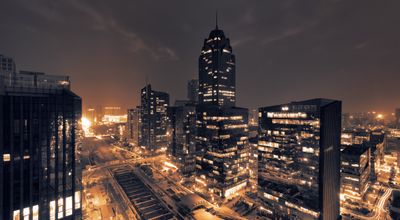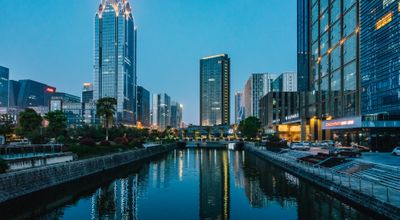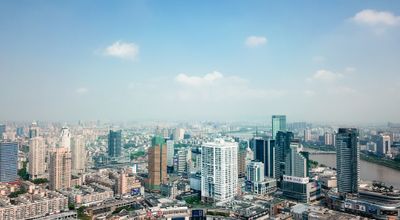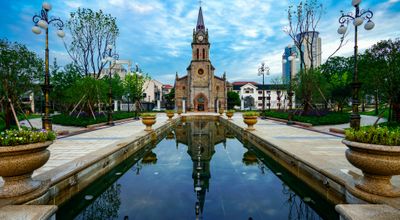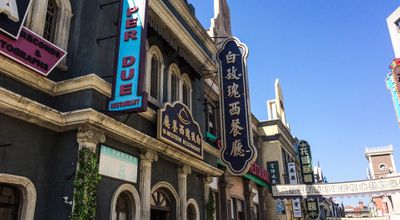Ningbo Travel Guide
Zhejiang Province | Population: 3,491,000
Being a busy port on the Hangzhou Bay to the south of Shanghai has made Ningbo City one of the most popular tourist destinations since ancient times to date. Its picturesque scenery and proximity to the 5A category Putuoshan Range is the reason why the city has evolved into a wonderful blend of ancient historical sites and modern urbanization. The Xinjiang Bridge on the confluence of three rivers, including the Yangtze stands witness to the inflow of overseas visitors over the centuries.
The 1,700-years-old Asoka Temple is a popular tourist attraction with its rare Buddhist artifacts. Especially notable is the statue of Sakyamuni Buddha. Other ancient relics in the city are the 1,600-years-old Tiantong Temple, Baoguo Temple, Tianfeng Pagoda, Qita Temple, Xiantong Pagoda, and the Tang Dynasty Drum Tower. The Tian Yi Library is a beautiful ancient building with courtyards and gardens. It has a large collection of ancient artifacts and historical manuscripts that showcase the history, culture, and prosperity of the region.
The Old Bund (also called Laowaitan), although called “old” is one of the most Western localities in Ningbo City. It has boulevards lined with British, French, Dutch, and German-style houses and built in the 1930s and 1940s, showing that westerners not only visited Ningbo but also lived there for a while. This area is now well-known for its nightlife. It has countless bars, nightclubs, lounges, etc. where domestic and overseas tourists hang out.
Being a large urbanized city, Ningbo has excellent accommodation for tourists. A majority of the star hotels are located in the Yinzhou, Jiangbei, and Haishou urban areas. In fact, with so many splendid tourist attractions around the city, it has a well-honed hospitality and tourism culture that makes visitors feel welcome. They offer top class amenities like airport shuttle service, concierge service, 24x7 restaurants and bars, swimming pools, in-room dining, daily housekeeping, laundry, etc.
Ningbo City also has numerous lodges, budget hotels, and youth hostels that provide low-priced accommodation. They have clean rooms and a few basic amenities and are usually located near public transport terminuses.
The city of Ningbo has received and welcomed visitors from the West since ages. Hence, many of the locals speak English, not just those who are involved in the tourism business. There is a tourist-friendly environment that makes one feel safe and relaxed.
